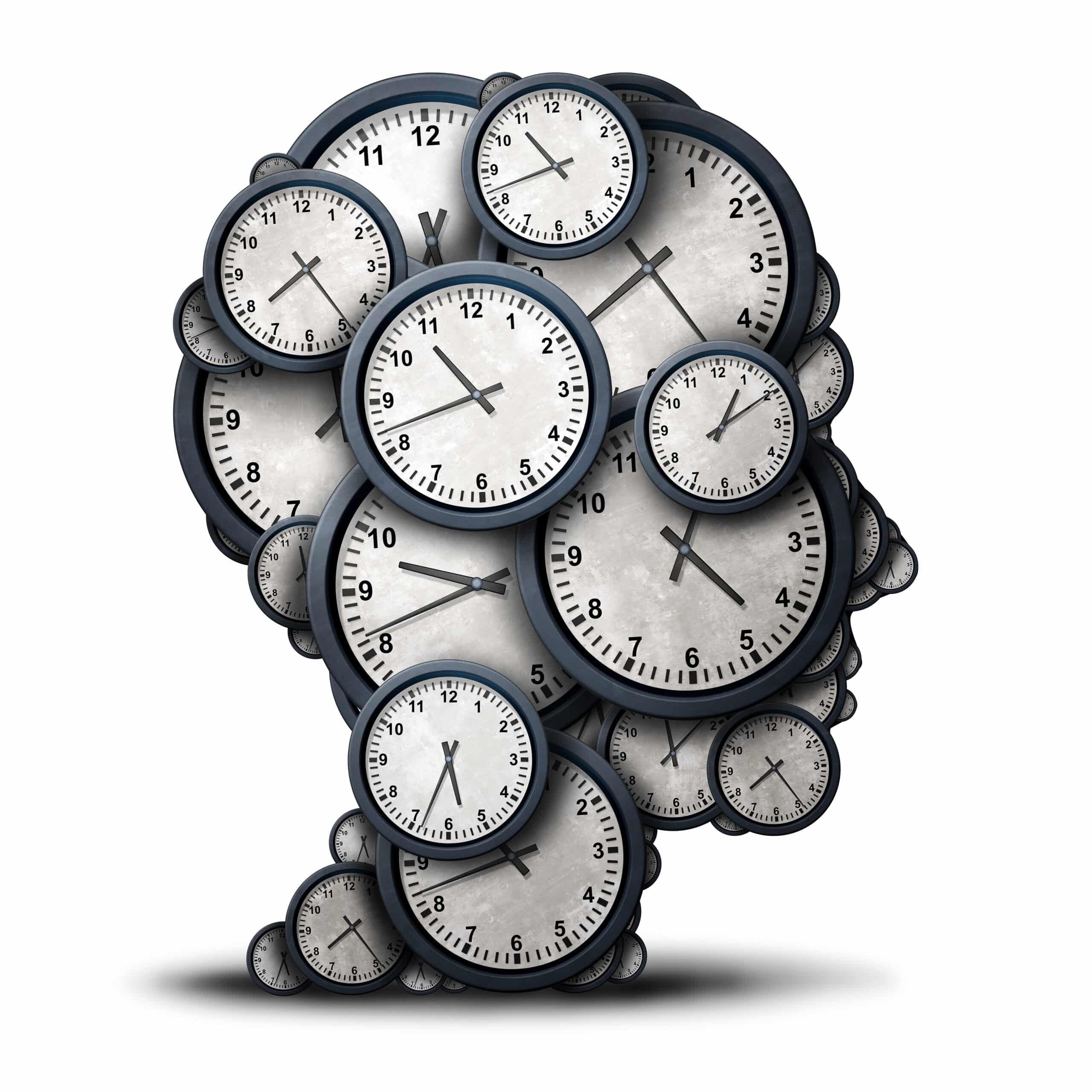“To reset the circadian clock, you ultimately need to reset its molecular gears,” said study leader Joseph S. Takahashi, Ph.D., Professor and Chair of Neuroscience at UTSW and a Howard Hughes Medical Institute Investigator. “This study suggests that Npas4 might be one of the most important components for resetting the clock to light.”
For decades, researchers have known that a brain region called the suprachiasmatic nucleus (SCN) is responsible for controlling circadian rhythms, the various cycles of activity that typically run on a 24-hour basis. These rhythms are entrained by light, Dr. Takahashi explained; cells in the SCN respond to signals relayed by the retina, the eye’s light-sensitive tissue. However, the molecular basis of this phenomenon is not well understood.
To better understand how the SCN sets circadian rhythms, the researchers used a technique called single-nucleus sequencing to look at gene activity in individual cells in mice after the animals were exposed to light. Dr. Takahashi and his colleagues found that three different subpopulations of SCN neurons respond to light stimulation. A common thread tying these subtypes together was increased activity in genes that respond to neuronal PAS domain protein 4 (NPAS4), the protein made by the Npas4 gene.
When Dr. Takahashi and his colleagues exposed mice engineered to lack Npas4 to light, it dampened the response of hundreds of circadian clock genes. In addition, the animal’s circadian period lengthened about an extra hour, to nearly 25 hours instead of the normal 24. Together, these results suggest that Npas4 is a master regulator of many light-induced genes, a key piece in the puzzle of how the circadian system works, Dr. Takahashi said.
The more researchers learn about the molecular underpinnings of the circadian clock, Dr. Takahashi added, the more they may be able to manipulate it to improve health and well-being — for example, to ease jet lag or help shift workers stay awake or asleep to match their work cycles. It could also lead to new treatments for disorders marked by abnormal sleep/wake cycles.
Other researchers who contributed to this research include Pin Xu, Stefano Berto, Ashwinikumar Kulkarni, Byeongha Jeong, Chryshanthi Joseph, Kimberly H. Cox, Tae-Kyung Kim, all of UT Southwestern; and Michael E. Greenberg of Harvard Medical School.
Dr. Takahashi holds the Loyd B. Sands Distinguished Chair in Neuroscience at UTSW. This work was a collaboration with the laboratory of Genevieve Konopka, Ph.D., Associate Professor of Neuroscience, the Jon Heighten Scholar in Autism Research, and Director of the UTSW Neurogenomics Core. Drs. Takahashi and Konopka are members of the Peter O’Donnell Jr. Brain Institute. Dr. Kim, a Distinguished Scholar in Neuroscience, is also a member of the O’Donnell Brain Institute.
This research was supported by grants from the National Institutes of Health (NS106657, DC014702, MH102603, NS028829), the Howard Hughes Medical Institute, the James S. McDonnell Foundation 21st Century Science Initiative in Understanding Human Cognition — Scholar Award (220020467), and the Chan Zuckerberg Initiative, an advised fund of Silicon Valley Community Foundation (HCA-A-1704-01747).




